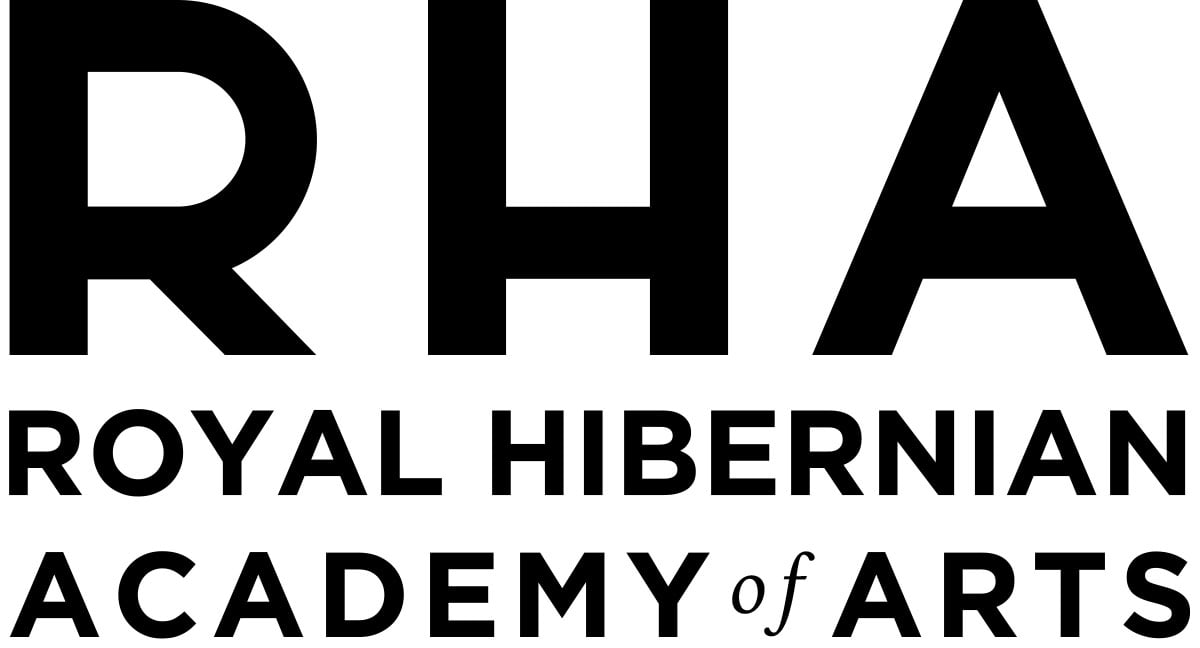Rain, a form of precipitation, water falling from clouds under gravity, this is the natural element I most associate with Niall Naessens’s work. In early etchings it was slanting, strong diagonals aiming for land and sea, cutting across the landscape as they cut across your line of vision. Rain, light or lashing. Rain in the distance, rain on your face. Rain as ruled and etched lines in the surface of a copper plate.
As weather and landscapes have changed, so too have Naessens’s methods, with printmaking evolving into drawing and painting and back again. His complex mark-making builds hybrid forms that include, in a more recent development, the relatively automated forms that come with working on a computer. This turn to technology might seem unlikely at first, the artist moving closer to nature only to spend hours at a computer screen, but such anomalies are part of his restless enquiry, an approach to image-making based less on established notions than the possibility of surprise. Sometimes, this avoidance of the obvious creates a visual awkwardness. His choice of square formats, for example, forces the natural expansiveness of the landscape into a box-like frame.
You don’t get lost or overpowered in Naessen’s version of the contemporary sublime, you become entangled. The sublime, naturally expansive, is more suited to grand gestures than the hand-held approachability of works on paper. But even the largest artwork is no match for the landscape – the map is never the territory itself – and all rendered landscapes involve the suspension of disbelief. A line on the surface might be a distant horizon. An inch of paper might be an earthly mile.
By John Graham
August 2025
-
 Niall Naessens, Artist observing Cliffs from the sea, 2025€ 1,950.00
Niall Naessens, Artist observing Cliffs from the sea, 2025€ 1,950.00 -
 Niall Naessens, An Artist's Converstaion: Self and J.C, 2025€ 800.00
Niall Naessens, An Artist's Converstaion: Self and J.C, 2025€ 800.00 -
 Niall Naessens, Artist Observing Lightning, 2025Sold
Niall Naessens, Artist Observing Lightning, 2025Sold -
 Niall Naessens, Landscape with Botticelli Roses, 2025€ 1,950.00
Niall Naessens, Landscape with Botticelli Roses, 2025€ 1,950.00
-
 Niall Naessens, A Philosopher in a Landscape; E.B., , 2025€ 800.00
Niall Naessens, A Philosopher in a Landscape; E.B., , 2025€ 800.00 -
 Niall Naessens, China Dogs, Components of a Showery Day, 2025€ 1,950.00
Niall Naessens, China Dogs, Components of a Showery Day, 2025€ 1,950.00 -
 Niall Naessens, Full Moon with Moths and Midges, 2025Sold
Niall Naessens, Full Moon with Moths and Midges, 2025Sold -
 Niall Naessens, Landscape with Cliff Walkers, 2025Sold
Niall Naessens, Landscape with Cliff Walkers, 2025Sold
-
 Niall Naessens, I started Early-Took my Dog-And visited the Sea- E.D., , 2025€ 800.00
Niall Naessens, I started Early-Took my Dog-And visited the Sea- E.D., , 2025€ 800.00 -
 Niall Naessens, Mister Burke Contemplates, 2025€ 2,750.00
Niall Naessens, Mister Burke Contemplates, 2025€ 2,750.00 -
 Niall Naessens, Landscape with Sea Stacks and Lobster Boat, 2025Sold
Niall Naessens, Landscape with Sea Stacks and Lobster Boat, 2025Sold -
 Niall Naessens, Artist and Cine Camera, 2025€ 2,400.00
Niall Naessens, Artist and Cine Camera, 2025€ 2,400.00
-
 Niall Naessens, Hound and Near Gale of Wind, 2025€ 2,400.00
Niall Naessens, Hound and Near Gale of Wind, 2025€ 2,400.00 -
 Niall Naessens, Farmer with Working Dog, 2025€ 2,400.00
Niall Naessens, Farmer with Working Dog, 2025€ 2,400.00 -
 Niall Naessens, Letter to Springfield Massachusetts, 2025Sold
Niall Naessens, Letter to Springfield Massachusetts, 2025Sold -
 Niall Naessens, Little Red and Harvest Moon, 2025€ 2,400.00
Niall Naessens, Little Red and Harvest Moon, 2025€ 2,400.00


























